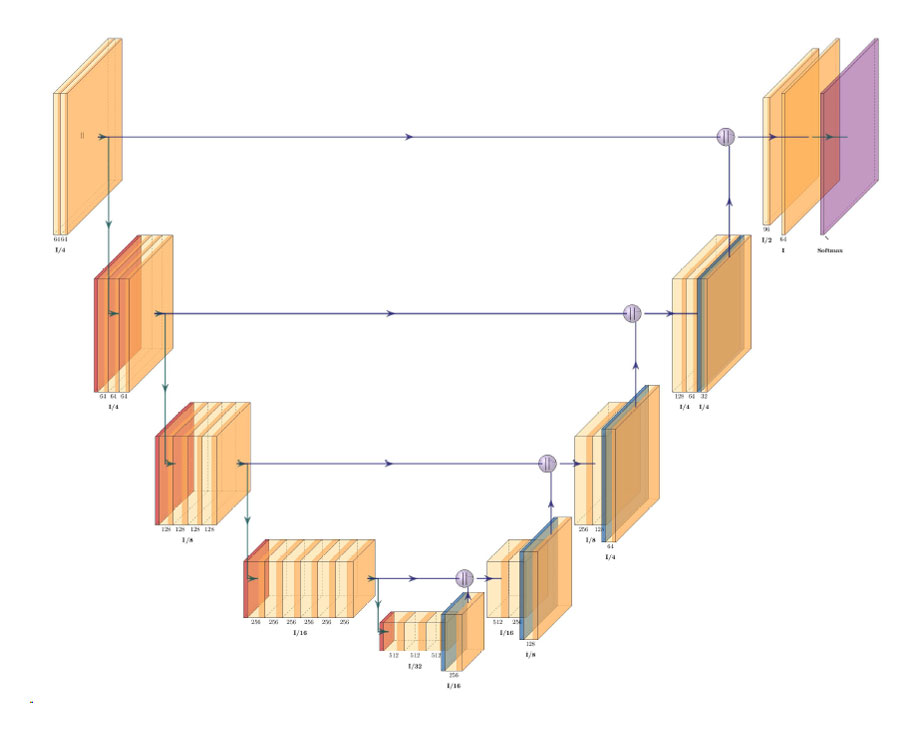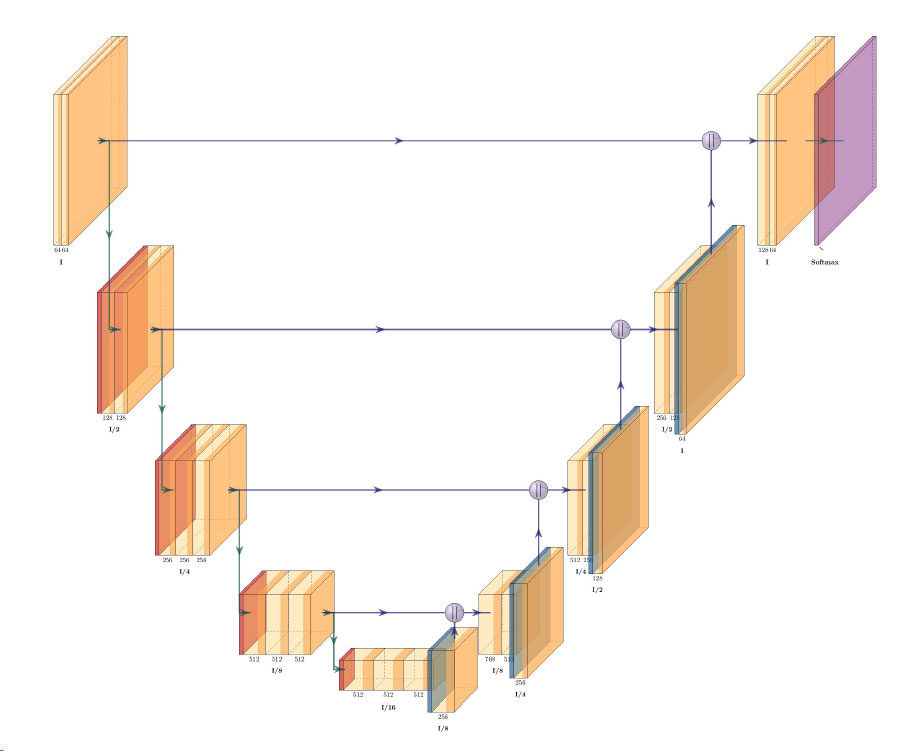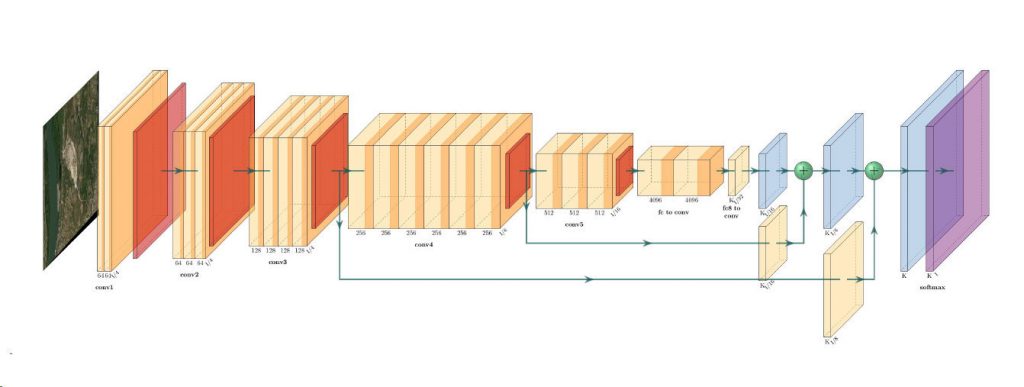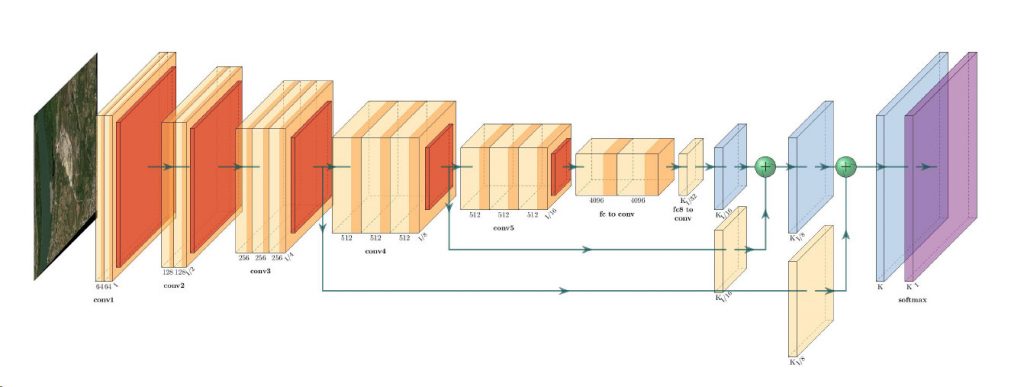European Space Imaging and Airbus partner to provide EMSA with best-in-class satellite imagery service
- European Space Imaging
The European Maritime Safety Agency (EMSA) has awarded European Space Imaging (EUSI) and Airbus a 24 month contract for the delivery of the Very High Resolution (VHR) optical satellite imagery. The integrated service ranked number one among a strong field of competitors to provide all data sets, further evidencing both companies position as European industry leaders of 30 cm resolution imagery.
EMSA relies on optical satellite images as part of its maritime surveillance services to the European Commission and Member States to support a number of functions in the maritime domain such as safety, security, environmental monitoring, and law enforcement. The current framework awarded to EUSI and Airbus will have the possibility to be renewed for two additional periods of 12 months each.
To fulfil EMSA’s imaging requirements, Airbus will be supplying imagery collected by SPOT, Pléiades and Pléiades Neo satellites, whilst EUSI will be supplying imagery from the current Maxar satellite constellation, the new Maxar WorldView Legion satellites once on orbit, , as well as other value-added services. Leveraging the satellites’ respective ground stations, the data will be delivered in near real-time to EMSA, enabling fast response times and critical insights to decision makers.
"EUSI have a long history of partnering with EMSA to deliver awareness at sea. We have been contributing to the EMSA programmes since 2012 and we are proud to be partnering with another industry leader in Earth Observation to provide EMSA with a world class service that maximises the available capacity of the best commercial VHR imagery commercially available."
Adrian Zevenbergen, CEO of EUSI
EUSI and Airbus are European satellite imagery providers offering true 30 cm satellite data downlinked in Europe. The resolutions and rapid revisit rates from the integrated service operated by Airbus and EUSI are a game changer to the maritime sector and will ensure a high level of maritime domain awareness is maintained, thus keeping our seas safer.
Related Stories
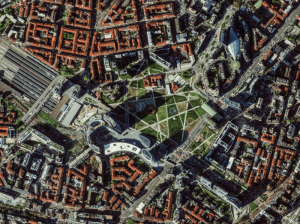
Europe’s Green and Digital Transformations with 25 Years of VHR Satellite Archive Data
Planning Europe’s future without knowing its past is impossible. The European Green Deal, Horizon Europe, the EU Biodiversity Strategy for 2030 and other policies all demand one thing: evidence. Not just today’s data, but years of history that show how our cities, forests, and coastlines have changed.
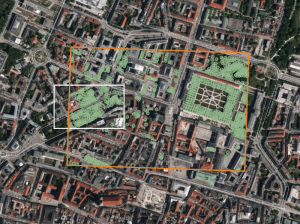
AI Uses 15 cm Satellite Images to Cut Costs and Increase Scalability in Forest Management and Urban Forestry
Forest managers across Europe face an impossible task: monitor millions of hectares with shrinking budgets while meeting increasingly strict EU environmental targets. But with the rise of AI and satellite technology, they now have new solutions at their disposal – smarter, cheaper, and more scalable – to monitor forest health, automate tree inventories, and plan sustainable logging. In this article, we introduce one of these solutions: an AI forestry algorithm developed by Arboair using 15 cm satellite data from EUSI.

GEOSeries: Extracting Insights From High Resolution SAR Imagery for Time-Sensitive Analysis
In this webinar, industry experts and advanced users of Umbra SAR data showcase how they transform SAR imagery into actionable insights in real-world mapping, monitoring and intelligence applications. See how NV5 and Umbra leverage ENVI SAR Essentials for advanced processing with time-efficient results, converting analytics into valuable intelligence.
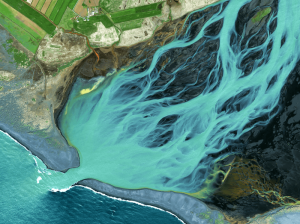
Using Satellite Imagery to Build Water Resilience Across Europe
Water across Europe is facing severe pressure. Climate change, urbanisation, agricultural demands and other sources of pollution are threatening water security and creating critical challenges that need to be addressed. We have to act quickly, build stronger systems and create sustainable water resilience practices – so that both natural ecosystems and human communities can thrive. Here is how satellite imagery from EUSI can help.


